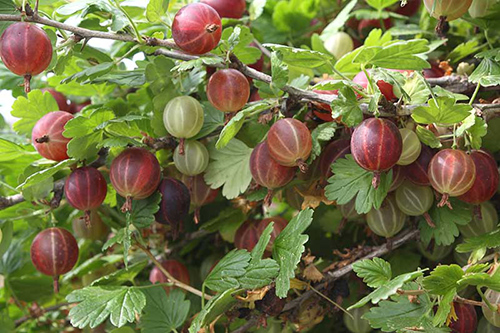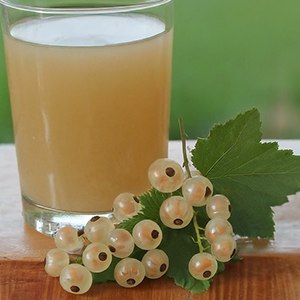Contents
White currant is highly regarded in northern European countries, and some cultivated varieties yield significant, tasteful fruits. These fruits are used to prepare jellies and marmalades, which have medicinal properties.

White Currant Scientific Facts
- Other names – Common gooseberry, English gooseberry
- French – Groseiller vert.
- Spanish – Grosellero espinoso, uva espina.
- Environment – Widely spread in woods and forests all over Europe, mainly in Central European and Scandinavian countries.
- Description—A thorny shrub of the Saxifragaceae family, it grows up to 1.5 m high and has red or greenish flowers. Its fruit is oval-shaped and contains several seeds.
- Parts of the plant used medicinally – The fruits (gooseberries).
Healing Properties

The fruits of white currants contain organic acids, sugars, vitamins A, B, and C, and mineral salts, which make them an appetizer, digestive, remineralizer, diuretic, and laxative.

Due to its diuretic properties, both fresh and as a jelly, the white currant fruit is recommended for the so-called Spring depurative treatment, which is very popular in Central Europe and Scandinavian countries. These treatments are intended to eliminate the toxins that accumulate during Winter in our bodies and balance the possible vitamin deficit caused by a diet lacking fruit and vegetables.
They are also used as invigorators for lack of appetite and exhaustion and rehabilitation from weakening diseases, especially infectious ones.
WARNING! Avoid eating unripe berries since they can lead to digestive intolerance.
How to use White Currant
- Fresh fruit.
- Juice or fruit: half a glass every 12 hours.
- Fruit jelly or marmalade.
DISCLAIMER: All content on this website is presented solely for educational and informational objectives. Do not rely on the information provided as a replacement for advice, diagnosis, or treatment from a qualified medical expert. If you are pregnant, nursing, or have any preexisting medical concerns, talk to your doctor before using any herbal or natural medicines.
REFERENCES
- George D. Pamplona-Roger, M.D. “Encyclopedia of Medicinal Plants.” George D. Pamplona-Roger, M.D. Encyclopedia of Medicinal Plants. Ed. Francesc X. Gelabert. vols. 2 San Fernando de Henares: Editorial Safeliz, 2000. 588. Print.
- Cleveland Clinic: https://www.clevelandclinic.org/
- USDA FoodData Central: https://fdc.nal.usda.gov/
